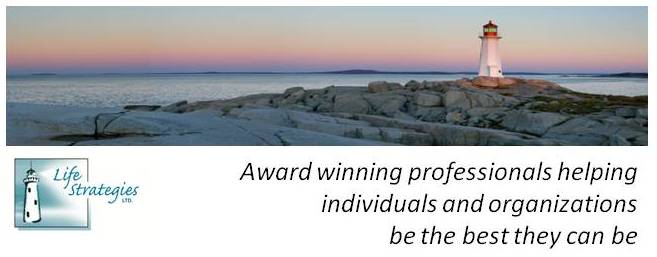
People are constantly asking me how I do all that I do – my response invariably is that “I have a great team!”
At its simplest, synergy is defined as “two or more things functioning together to produce a result not independently obtainable.” Research has demonstrated that synergistic teams can out-produce even the most talented member – and we’ve seen that over and over within the Life Strategies teams.
There is strength in diversity – at Life Strategies, we deliberately build teams that comprise individuals with different competencies and styles. This, of course, means that we all have to embrace and appreciate diversity. Sometimes it’s easier to work with people who approach tasks the same way or share a very similar perspective. However, by choosing to surround ourselves with people who see the world differently and bring unique skills and talents we minimize our blind spots and maximize our productivity.
Do you really know the strengths and talents on your team? Do you let people do what they do best . . . and try to accommodate their weaknesses? Or, are you trying to do too much independently – spending hours at tasks that others could do better in a fraction of the time?
Tools like Personality Dimensions® can help you better understand the teams you work with – whether at work, in athletics, or on community boards. Most members of the Life Strategies team are Personality Dimensions facilitators or Master Trainers . . . aside from facilitating workshops, though, we all walk our talk – celebrating the diversity on our team and providing opportunities for each other to do what they do best. Contact us at info@lifestrategies.ca if you’d like to introduce your own team to this amazing tool.









